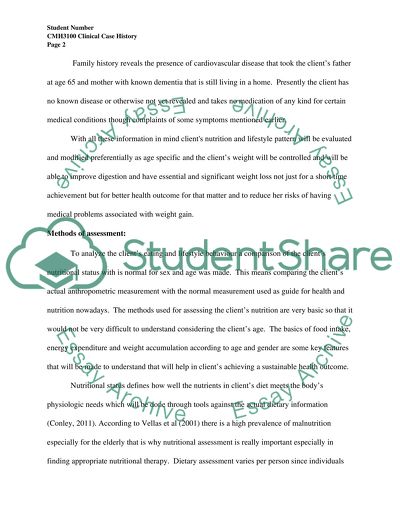Cite this document
(“Nutrition and Lifestyle Management Essay Example | Topics and Well Written Essays - 2500 words”, n.d.)
Retrieved from https://studentshare.org/health-sciences-medicine/1399831-nutrition-and-lifestyle-management
Retrieved from https://studentshare.org/health-sciences-medicine/1399831-nutrition-and-lifestyle-management
(Nutrition and Lifestyle Management Essay Example | Topics and Well Written Essays - 2500 Words)
https://studentshare.org/health-sciences-medicine/1399831-nutrition-and-lifestyle-management.
https://studentshare.org/health-sciences-medicine/1399831-nutrition-and-lifestyle-management.
“Nutrition and Lifestyle Management Essay Example | Topics and Well Written Essays - 2500 Words”, n.d. https://studentshare.org/health-sciences-medicine/1399831-nutrition-and-lifestyle-management.


